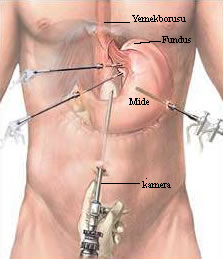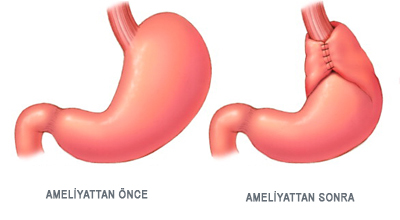1394 sokak No: 11 Sağlık Merkezi Apartmanı. Kat: 4 Daire: 10 Alsancak - İzmir
What is reflux disease?
Normally, the movement direction of food in the digestive system is from the mouth to the esophagus, from there to the stomach and then to the intestines. Reflux is the name given to the escape of stomach contents backwards, that is, into the esophagus, without any force. This condition is not always considered a disease. However, if it occurs frequently enough to cause complaints (more than 2 times a week), then it is possible to talk about a disease.
Can you also have reflux?
You are very likely to have reflux.
Why does this disease occur?
Many reasons can be found in the formation of the disease. Sometimes the muscles that act as a valve between the stomach and the esophagus can relax and open for no reason. Afterwards, complaints occur due to the leakage of stomach contents into the esophagus. Sometimes a gastric hernia, which has developed, prevents the valve from working. There are many other factors that cause reflux. Whatever the reason, the main problem here is that stomach acid passes into the wrong environment and destroys the cells there. As thought, the amount of acid in the stomach is not at high levels. The amount of acid is normal, but the location is wrong.
What is the Incidence of disease seen in Turkey?
In the studies conducted, the prevalence of the disease in our country was found to be the same as in the United States or European countries. It should be kept in mind that we are faced with a disease that affects 20% of adults. In fact, reflux is not a new disease. On the one hand, it has become more pronounced with the intense interest of mass media in recent years. On the other hand, significant developments were experienced in both diagnosis and treatment during this period. It was later realized that many patients who were diagnosed with gastritis in the past were actually reflux patients.
What are the complaints in reflux disease?
Typical complaints are the burning sensation behind the breastbone and bitter sour water into the mouth. Some patients have different complaints than usual. We call these atypical complaints. Chest pain, throat, lung and dental problems (hoarseness, frequent throat clearing, polyps in the vocal cords, cough, asthma-like complaints) can be encountered in patients, which can even be confused with a heart attack.
Do the changes in the esophagus go the same for everyone?
The disease can occur in different forms. Often we come across what we call "non-erosive". In this common type, despite intense complaints, no visible damage to the esophagus can be detected in endoscopic examinations. In such a case, it is possible to resort to diagnostic methods other than endoscopy.
In the "erosive" type, visible wounds (ulcers) occur in the esophagus. This condition needs to be treated promptly. Otherwise, more serious problems may occur.
In a third type of reflux disease with "Barrett", cells exposed to acid in the esophagus are seen to be deformed. The fact that cells leave their original shape and become different (ie Barrett's development) is undesirable and may indicate an increased risk of cancer development in the esophagus.
How is the disease diagnosed?
One of the most important points in diagnosis is the detailed consideration of the patient's complaints by the physician. Because there are different diseases that can be confused with reflux, there may be a second digestive system problem in addition to reflux in the patient. In the next stages, one or more of the specialized examinations such as endoscopic examination, pH-metry, BRAVO capsule pH-metry, impedance, manometry are applied to the diagnosis.
What is the treatment of reflux disease?
There are different options in the treatment of reflux disease, starting from social measures and ranging from surgical intervention.
Anti Reflux Surgery

Laparoscopic Surgical Interventions:
If there is a hiatal hernia (that is, a part of the stomach is inside the chest), the procedure is started by first repairing the hernia.
In some cases (for example, if the hernia is very large), it may be necessary to supplement the hernia repair with a synthetic patch.
Then, the flexible upper part of the stomach is wrapped around the lower part of the esophagus in the direction of the arrow to treat reflux. In this way, an area that acts as a cover is created and the wrapped part is stitched all around each other and the process is ended.

Laparoscopic surgery and after:
Advantages of surgical treatment to drug treatment:
Number of cases undergoing laparoscopic reflux surgery by me: